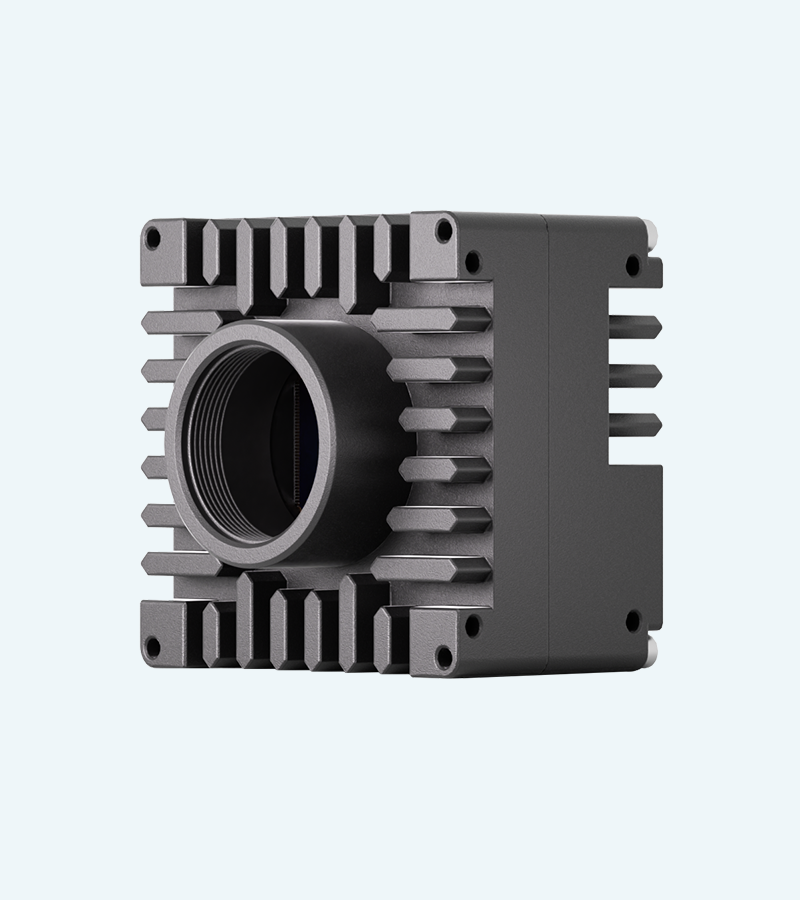Which industrial USB camera should I choose? Implementing on these requires consideration of a host of factors to ensure that they can work to best suit your particular applications. The most important one being resolution; With varying types of macro details required, industrial USB cameras vary from 1 to over 20 megapixels. A general inspection task might be fine with a 5MP camera, but high precision quality control in electronics manufacturing could require a 20MP camera.
Another important parameter is the frame rate At a high-speed environment, such as an automated production line, a camera with 60 frames per second (fps) or more will be necessary to get clear images of fast-moving objects. Slower frame rate cameras (30 fps …) for tasks at a slower pace such as static inspections. However, if real-time performance is desired, it can be expected that higher frame rates will lead to fewer drops.
Industrial USB Cameras in Sensor Type They are very fast and consume less power, which makes them perfect for applications that require minimal latency and quick data processing. In contrast, many scientific and technical applications concerning image detail and sensitivity, such as in medical imaging or research employed CCD sensors instead.

Connectivity and compatibility is another important aspect in choosing the best camera USB 3.0 cameras are capable of high-resolution, real-time video as they have transfer speeds up to 5 Gbps. Even though they are cheaper, USB 2.0 camera but its data transfer rate is only up to 480 Mbps can be a bottleneck for many larger data transfers. To avoid potential complications, be sure your camera is compatible with the operating software and hardware requirements of your industrial imaging system.
Certainly cameras need to make a profit in their environments. In 2021,strategy analytics published the results of a survey on consumers andit found that 65% of those had saidinterviewed manufacturing companies arere more likely to be saying they care about cameras providing 'the best return on investment' i.e. balancing performance with price than what we have seen from Sammy. Durability is also a key factor when choosing the right camera. Industrial cameras are made for higher lifespans and operating temperatures. For example, a camera can be able to works between -20°C and 70°C providing the product with a enough suitable to work in hard environments like factories or outdoor surveillance.
As AI interfaces are deployed, the use of machine vision systems is increasing. Manufacturers such as FLIR and Basler are supported to develop cameras that employ optimized machine learning algorithms. These allow real time decision making and are widely used in robotic control and automation.
For users who want a cost-effective and effective camera, there are many industrial usb camera available that meet the needs of different users from simple inspections to complex automated systems.
